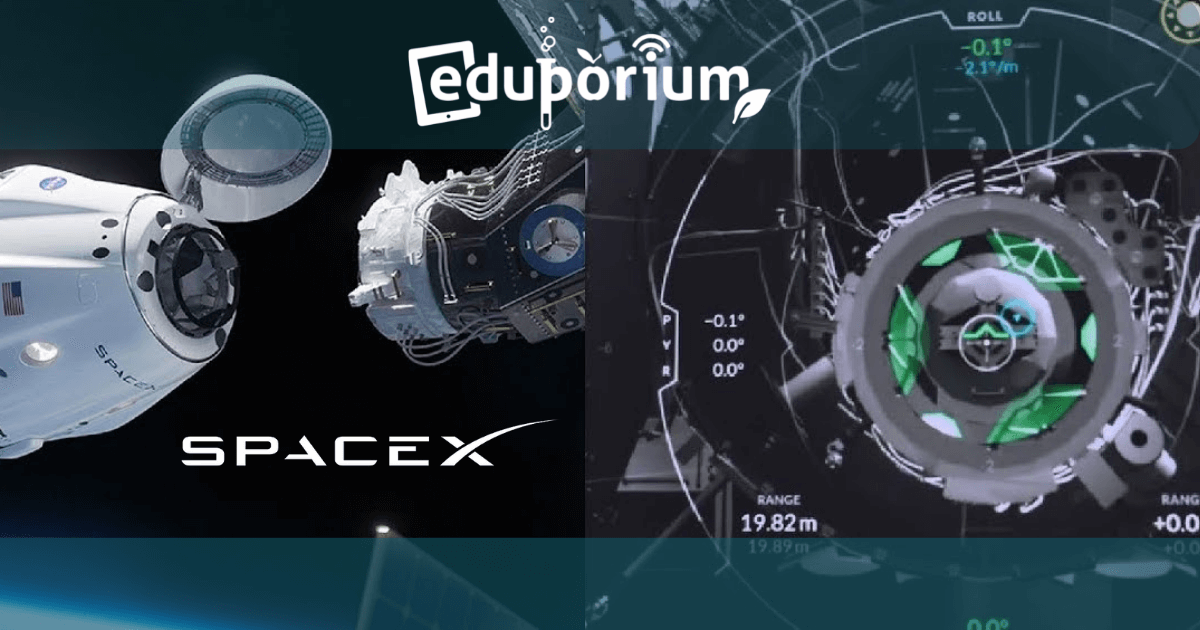Students—particularly those who love trying new, STEM-related activities—might be looking for things to try at home by now. Well, if they do, in fact, like STEM learning, there’s a great tool they can try right from a computer. The SpaceX team has created a docking simulation tool that anyone can use in practicing some landing skills from home. If your kids have ever wondered what it may be like to help control the landing of SpaceX’s Crew Dragon at the Space Station or back here on Earth, this is the time to find out! All you have to do is head to the SpaceX simulator to give it a try.
Fair warning, successfully docking the Crew Dragon is much tougher than it looks, but an exciting and eye-opening challenge nonetheless. For any student interested in space or STEM in general, the tool will help them see firsthand just how precise astronauts and engineers need to be all the time. So, while they might never pilot an actual spaceship, this simulator gives anyone a chance at the next best thing.
According to the SpaceX team, the rocket design and manufacturing company founded by Elon Musk, the simulator offers an experience that is somewhat close to the real thing. The simulator is based on the Crew Dragon model, a ship that's scheduled for a test flight on May 27. With the simulator, students can explore the controls of the actual interface NASA astronauts use and manually pilot the spacecraft.
Within this simulation, kids see tons of information that NASA professionals and engineers must constantly monitor during space flights. These include things like distance, roll, pitch, and any corrections to the route that might become necessary. The numbers on the screen help students determine whether or not they’ve docked their spacecrafts successfully with all final numbers needing to come in below 0.2—displaying the precision with which the Crew Dragon needs to be landed.
It requires so much accuracy and attention to detail to pilot and land space vehicles—as people probably imagine. However, the astronauts involved with the actual Crew Dragon might not even have to do any of the work. That’s because the vehicle has some autonomous docking and undocking technology to help it easily take off and land. The crew can, however, also perform these operations manually if ever necessary.
The Crew Dragon’s first mission is a test flight will happen on May 27. If it’s successful, four astronauts will board the Crew Dragon and head to the Space Station in the coming months. If students would like to give the simulator a try or learn more, that program is accessible here. Feel free to share any experiences you have with attempting to land or successfully landing the ship with us—tag us, SpaceX, and even NASA on Twitter or Instagram and be sure to follow us as well!



